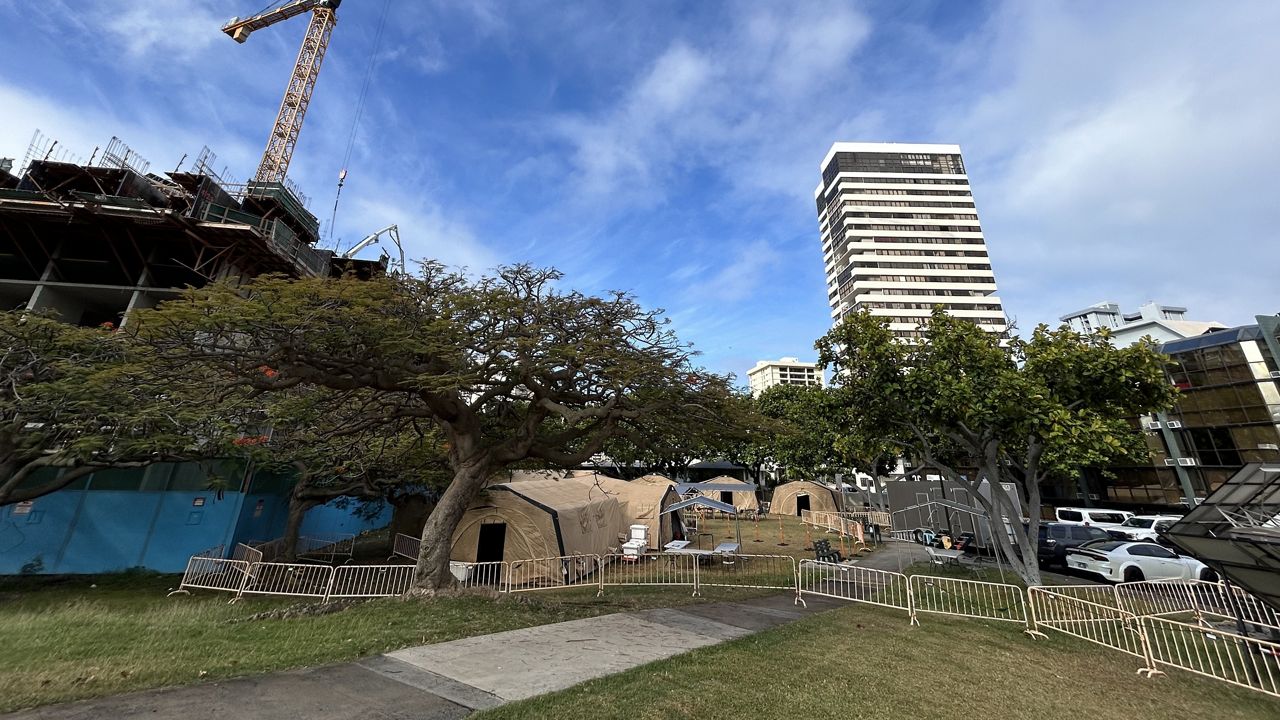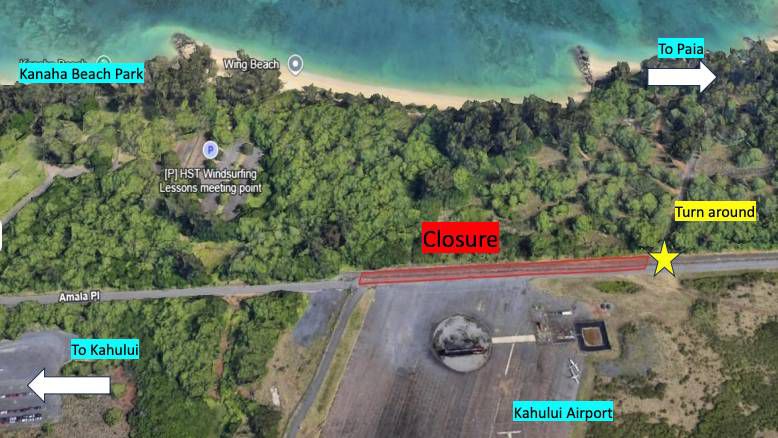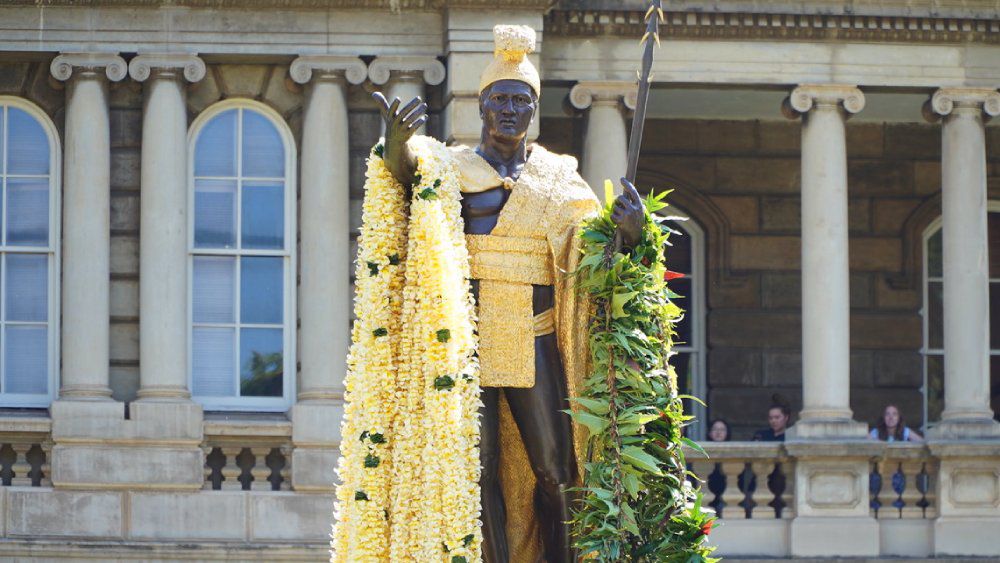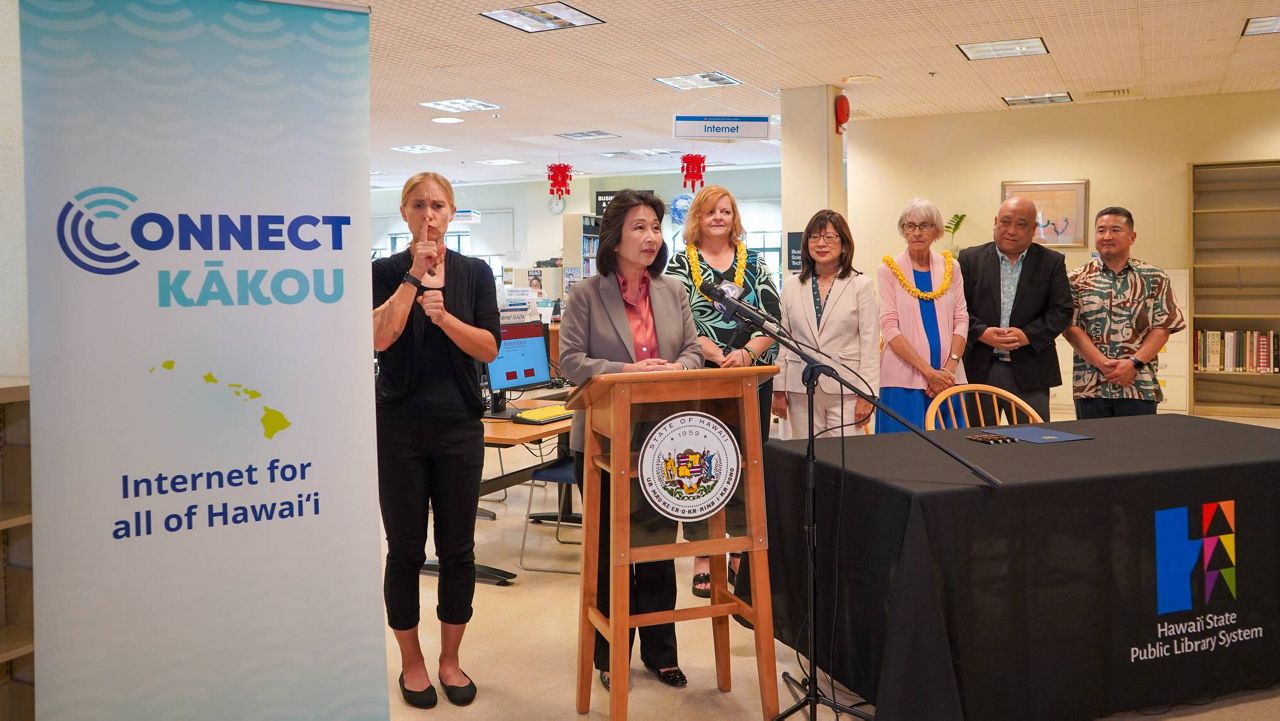Estimated to be the size of a 20-story building, asteroid 2024 YR4 was first discovered by a telescope operated by the University of Hawaii as it flew past Earth in December 2024.
UH’s Asteroid Terrestrial-Impact Last Alert System comprises four telescopes — two in Hawaii (atop Haleakala and Maunaloa), one in Chile and one in South Africa. It’s an early warning system for asteroids that scans the sky several times automatically each night, searching for moving objects.
Currently 27 million miles away, 2024 YR4 is expected to safely pass Earth in 2028, but based on current observations by NASA’s Center for Near Earth Object Studies, there is a 1% chance it could collide with Earth in December 2032, according to a UH news release.
No other asteroid of this size has ever reached a 1% impact probability in the past 20 years of tracking objects passing close to Earth. So in the coming months, astronomers at the Maunakea and Haleakala observatories will be closely monitoring the rare 180-foot-wide asteroid, refining its orbit and improving predictions on its future trajectory.
“Tiny asteroids do hit the Earth all the time, disintegrating in the atmosphere as fireballs; fortunately, small ones cause little damage on the ground,” said Larry Denneau, an astronomer at UH Institute for Astronomy and co-principal investigator at ATLAS, in the release.
“Larger asteroids can cause much more damage, but they impact the Earth much less frequently. There are still many large ones out there that we haven’t found yet, which is why we are continuously monitoring the whole sky to ensure that we stay ahead of potential threats,” Denneau said.
In 2022, UH played a key role in tracking NASA’s first successful asteroid deflection mission, the Double Asteroid Redirection Test target asteroid system. This test proved that with enough time, an asteroid’s path can be altered to protect Earth.
“Hawaii’s telescopes are some of the most important tools for planetary defense,” said Doug Simons, director at IfA. “Thanks to our prime location and advanced technology, we can spot, track, and study asteroids with incredible accuracy. That gives scientists the time they need to evaluate potential threats and figure out the best ways to respond.”
UH IfA plays a key role in planetary defense with the world’s most advanced asteroid-tracking telescopes. Funded by NASA, ATLAS incorporates four telescopes to detect asteroids passing very close to Earth. It discovers hundreds of near-Earth objects each year.
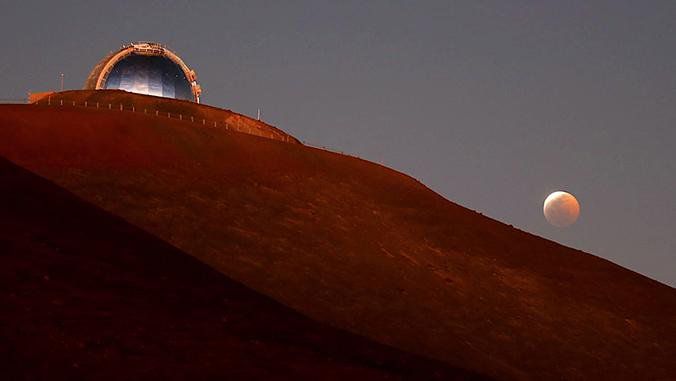
IfA also detects asteroids that could be potentially dangerous while they are still far from Earth through the Panoramic Survey Telescope and Rapid Response System, or Pan-STARRS, atop Haleakala. As scientists continue to assess the risk from 2024 YR4, Pan-STARRS actively tracks its movements, refining its projected trajectory. Each year, the telescope tracks over half of the near-Earth objects larger than 140 meters globally.
On Maunakea, UH operates two telescopes also key to NASA’s planetary defense system. The Infrared Telescope Facility, a 3.2-meter NASA-funded observatory, specializes in studying near-Earth objects to evaluate risks of impact. The UH88 telescope helps forecast future trajectories of these objects.
In mid-February, IfA astronomers will return to the Canada-France-Hawaii Telescope on Maunakea to conduct follow-up observations using the facility’s powerful MegaCam — a wide field optical camera “that takes an image over a 1 deg x 1 deg field of view on the sky, roughly equivalent to the area of four full moons.” MegaCam is renowned for its cutting-edge capabilities in asteroid-tracking and deep-sky imaging.
“CFHT works closely with astronomers at IfA on a regular basis to follow-up observations made by UH facilities on Maunakea, and across Hawaii,” said Heather Flewelling, an instrument support scientist at CFHT. “The close collaboration facilitated the discovery of ʻOumuamua in 2017 and we look forward to observing 2024 YR4 for IfA astronomers while they better determine the orbit.”
NASA’s Planetary Defense Coordination Office, through its Near-Earth Object Observations Program, funds the search for near-Earth objects.
Sarah Yamanaka covers news and events for Spectrum News Hawaii. She can be reached at sarah.yamanaka@charter.com.





